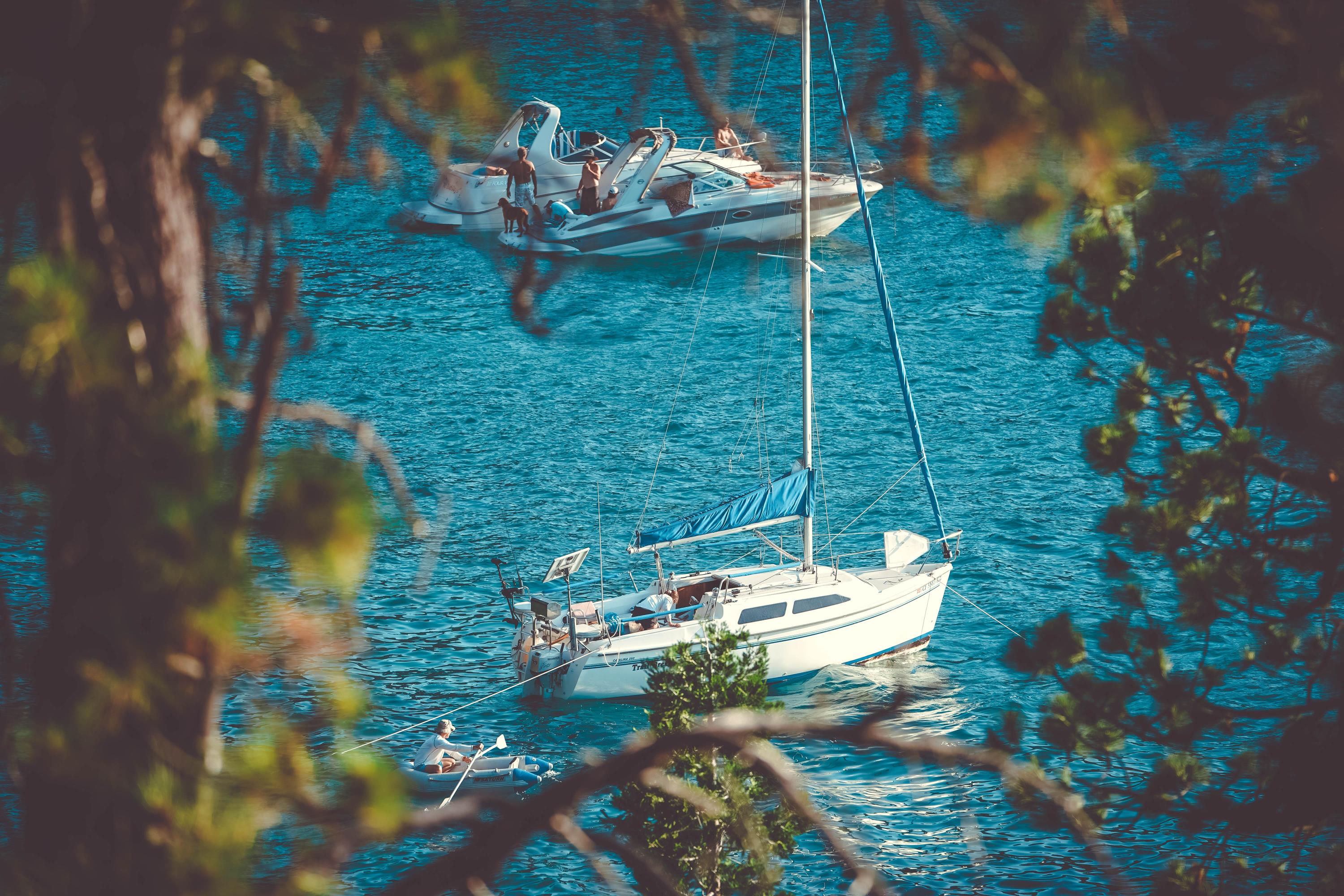
Rules of the Road
Rules of the road are the accepted system of right of way, which you must follow to be courteous and safety-minded. These rules are numerous and detailed but if you learn just a few, you should be covered in most recreational boating situations. In the following, the “stand-on vessel” has the right of way, and the “give-way vessel” needs to accommodate the other.
- In a situation with two boats coming head on, if possible, both vessels turn to starboard and pass port to port. That way, there’s no guesswork about the intentions of the other captain and a collision is avoided.
- A sailboat under sail has the right-of-way over a powerboat. If the sailboat is running with an engine, it’s considered a powerboat regardless if the sails are up.
- If you’re being overtaken, your responsibility is to maintain course and speed. If that scenario puts anyone in harm’s way, just slow down and let the other pass because the first job of any captain is to avoid a collision regardless of who has the right-of-way.
- If a vessel approaches you from the right, they’re the stand-on vessel.
- Human powered vessels (kayaks, SUPs, canoes, etc.) have the right-of-way over any other vessel including a sailboat.
- If another vessel is restricted in its ability to maneuver (due to its size, draft or any other reason) it’s the stand-on vessel and you should accommodate it.
- When two boats are under sail, the one on the starboard tack (wind coming over the starboard side of the deck) has the right of way over the one on the port tack. If both are on the same tack, the leeward (downwind) boat has the right of way.